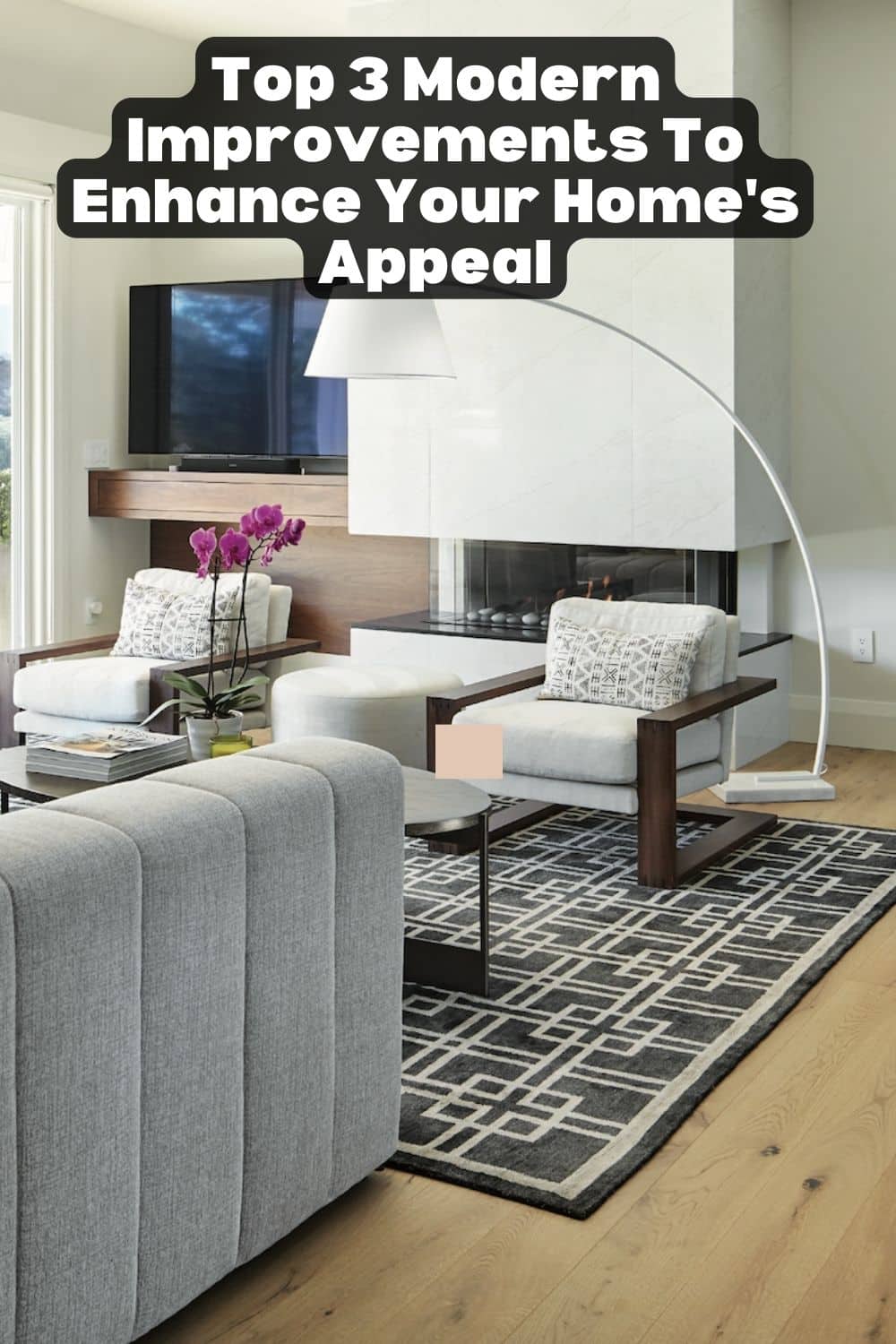Imagine having a cozy space in your home specially designed to replicate the cinematic experience of a movie theater. Sounds like the perfect place for lazy Sunday mornings, right?
A home theater is a dream for many, especially for those who have a thing for movies or prefer watching their favorites in the comfort and privacy of their residences. Moreover, this space also becomes an extension of entertainment rooms such as the family room where friends and family spend quality time together. Overall, there’s no denying that having one can boost the property value, making it a wise investment.
But can people design their custom home theater systems? Absolutely! Home theaters can be customized to match any budget, space, and personal preferences. You can choose the equipment, seating, acoustics, and decor to create your ideal viewing environment.
So, transform a room into a cinematic wonderland with these essential tips. Whether you’re a movie buff or crave an immersive entertainment space, this guide will help you create the perfect environment for enjoying films, games, and more. Read on!
Define Your Vision And Budget
Before diving into specifics, determine your desired theater experience and budget. Do you crave a fully-fledged cinema with plush seating, a projector screen, or a cozy space for casual movie nights? Knowing your priorities will guide your equipment and design choices.
This isn’t to say you must start from scratch. Get inspired by various resources available online and in print.
Choose The Right Room
Select a dedicated space in your home or repurpose an existing room. In doing so, consider factors like size, shape, light control, and soundproofing.
To start, you’d want the room to be dark. This means limiting the amount of natural light entering the room using blackout curtains or window treatments. If you have a room that doesn’t get much sunlight, it might be the best one to work in. The room must also be big enough to accommodate your desired seating arrangement and equipment placement.
Invest In Soundproofing
Once you have your space, the next step is soundproofing. Doing so enhances the overall sound quality, creates a better listening environment, and lessens external and internal noise disturbances, resulting in an improved viewing experience.
When designing a soundproof home theater, consider various soundproofing materials, each with specific benefits. For instance, acoustic panels can be placed on the walls to absorb sound waves, thus preventing them from bouncing back into the area and causing echoes. Meanwhile, carpeting the floor can reduce noise transmission from the room below, while ceiling soundproofing can prevent sound from escaping.
Find Your Dream Screen

The heart of your home theater lies in its audio and video components. Choose a high-definition projector or a large flat-screen TV based on the size of your room, viewing distance, and personal preference. Here are some tips to help you decide:
- Viewing distance: The ideal TV size is often related to how far you’ll sit from it. A general guideline is that the viewing distance (in inches) should be about 1.5 to 2.5 times the diagonal size of the TV. For example, if you sit 6 feet away (72 inches), a TV between 28 and 48 inches diagonally is recommended.
- Room size: Consider the size of the room where the TV will be placed. A large TV might be overwhelming in a small room, while a smaller TV might seem too small in a spacious room.
- Resolution: Higher resolution TVs (like 4K) can be viewed comfortably from closer distances than lower resolution TVs (like 1080p). It means you can choose a larger screen size without the image quality suffering, even if you sit closer to the screen.
- Purpose: Think about what you’ll be using the TV for. For instance, a larger screen might provide a more immersive experience for movies, but for gaming, a moderate size might suffice.
Remember, the best TV size depends on a combination of these factors tailored to your situation. It’s always a good idea to measure your space and compare in-store TV sizes if possible.
Invest In Quality Audio
Choosing the right audio system for a home theater is crucial for an immersive viewing experience. Here’s how you can select an appropriate audio system:
- Room size and acoustics: The size and acoustics of your room play a significant role in audio quality. Larger rooms may need more powerful speakers to fill the space with sound. Additionally, factor in the room’s acoustics – hard surfaces reflect sound, while carpeting, curtains, and furniture can absorb it.
- Speaker configuration: Home theater audio systems are often described by their speaker configuration. For instance, the 5.1 system is the standard setup, with five speakers and one subwoofer. The speakers include a center channel (for dialogue), two front speakers, two rear speakers (for surround sound), and a subwoofer for bass.
On the other hand, the 7.1 system is like 5.1 but with two additional rear speakers for enhanced surround sound, making it suitable for larger rooms.
- Soundbar vs. individual speakers: A soundbar is a simple, space-saving option that provides high-quality audio without needing multiple speakers and cables. However, for an authentic surround sound experience, individual speakers are preferable.
- Receiver quality: The receiver is the heart of your home theater audio system. This component processes audio signals and sends them to the speakers. Ensure the receiver supports the audio formats you want (like Dolby Atmos or DTS:X) and has enough input for all your devices.
- Subwoofer: A good subwoofer makes a massive difference in sound quality, especially for action movies and music. It reproduces low frequencies that regular speakers can’t handle.
Audio preferences can be subjective, and what sounds good to one person might not to another. Also, the best audio system for you will depend on your personal preferences, room characteristics, and budget. It’s often beneficial to listen to various systems in a store before finalizing your purchase.
Don’t Forget The Technicalities
Proper ventilation is essential to protect your equipment from overheating. So, invest in a robust cooling system or ensure sufficient airflow within your home theater setup.
Additionally, plan your cable management to avoid unsightly wires cluttering the space. Neatly organized cables also simplify troubleshooting and future upgrades, saving you time and frustration.
Prioritize Seating Comfort
Comfortable seating is essential for long movie marathons. Pick plush recliners, theater-style seating, or beanbags for a relaxed atmosphere. Also, consider factors like seat height, back support, and armrests for optimal comfort.
Enhance The Ambiance
Create a cinematic atmosphere with lighting, decor, and accessories. Dimmable lights, movie posters, and thematic elements can add personality and enhance the space’s vibe. You can also get a popcorn machine or a mini fridge for an authentic movie theater experience.
Finally, remember your home theater reflects your taste. So, infuse your personality with decorative touches, cinematic elements, or even a custom painting job. It’s up to you to make it a space you enjoy spending time in.
Conclusion
Designing your dream home theater is an exciting journey. With these tips and adding your creativity, you can create a space that transports you to the heart of your favorite movies and stories. So, grab your popcorn, dim the lights, and get ready to experience the magic of cinema in the comfort of your home!





Leave a Reply